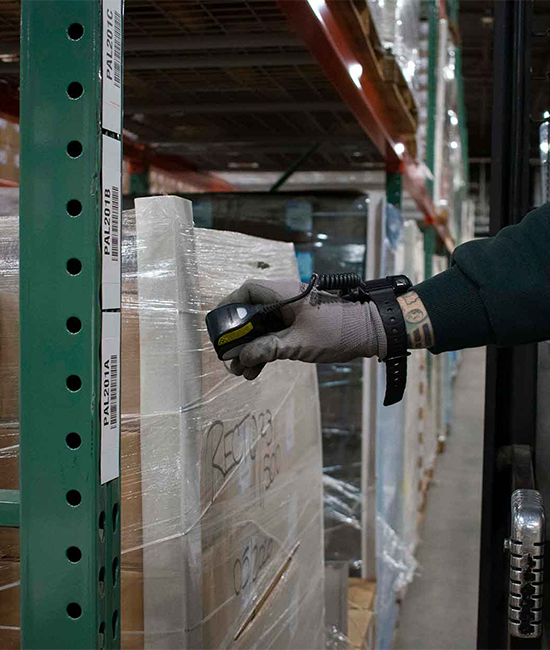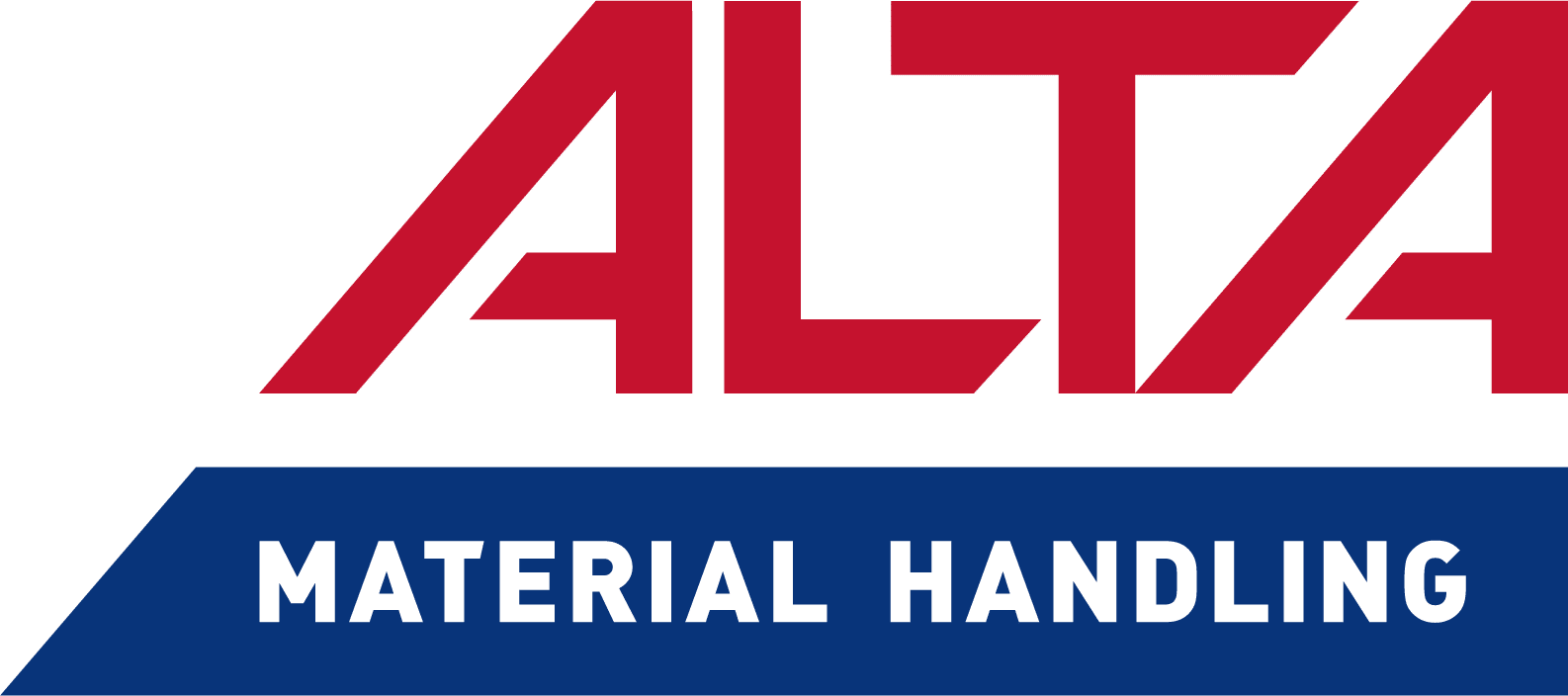Depending on the technology implemented, order fulfillment solutions create efficient processes that can affect many aspects of order management, including capacity, accuracy, and customer satisfaction. Order fulfillment covers everything between the time a customer orders a product to when they receive it, including picking, routing, packing, label printing, shipping, and delivery.
Studies show that customers expect these processes to be transparent. They want to know where in the order fulfillment cycle their product is. They want to have delivery options, including paying more for fast delivery. And they expect the delivery to happen on time. Failing to meet these expectations has been shown to result in a loss of repeat business.
At PeakLogix, we’re a brand agnostic material handling systems integrator that specializes in innovative, bespoke automated solutions. By partnering with us, you can increase the consistency and efficiency of your distribution processes, from inbound receiving to outbound shipments and everything in between. We deliver customized solutions tailored to our partner’s needs that address issues ranging from ergonomics and employee safety to fully automated warehousing solutions.


